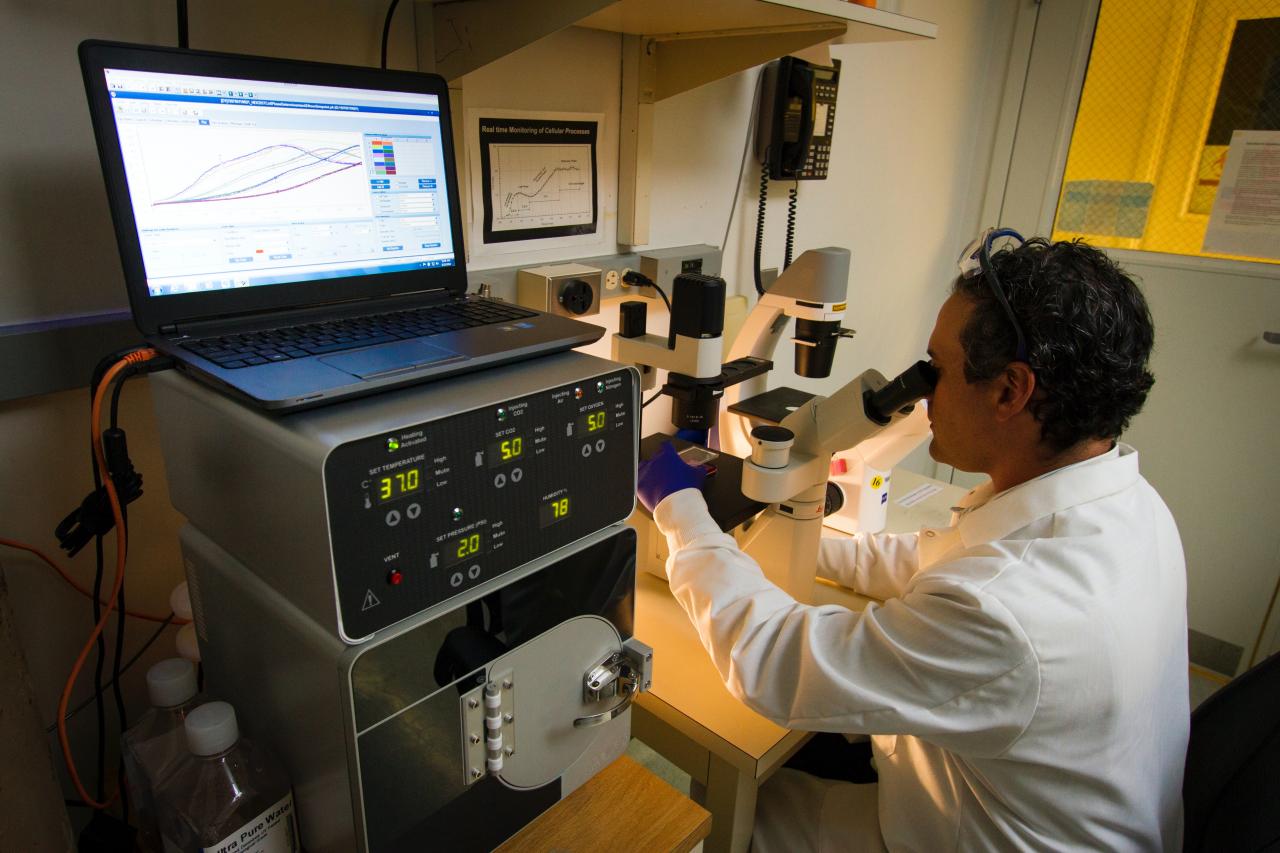At the cutting edge of contemporary medicine lies gene therapy. These cutting-edge technologies can result in one-time permanent solutions for non-communicable and infectious illnesses (such as HIV and sickle cell anemia).
This can impact hundreds of thousands of individuals worldwide, the majority of whom live in low and middle-income. However, the advantages of cutting-edge medical technology are frequently only available to high-income nations (HICs), which is a prospect with gene therapy.
The myth that current healthcare technology is inadequate for low and middle-income has long been used as an excuse to deny the advantages of medical advances to most of the world’s population. The gap in healthcare systems will continue to grow unless there are coordinated initiatives to increase the ability of low and middle-income to use gene therapy.
Although the gene therapy market is still young, early clinical achievements and significant investment have given it a tremendous boost. Now is the perfect time for low-middle-income communities to join the international market, providing the requirements of the people with the largest illness burdens a higher priority.
In order for gene therapy to have a significant effect on global healthcare, we questioned five clinical experts from low and middle-income who were all co-authors of a recent white paper about what breakthroughs in the field and policy reforms are necessary.
Even though gene therapy does have the possibility of treating or even curing life-limiting illnesses and infections, its true effects won’t be felt until it is applied to all people, not just a select few, to prevent further health disparities within and between nations.
Building research and development (R&D) capabilities in LMICs is a crucial first step in optimizing the worldwide effect of gene treatments. LMICs have been largely left out of present gene therapy research and development, with pre-clinical and clinical efforts focusing on HICs.
To make sure that such treatments are safe and successful for those people, gene therapy research and development must be conducted in areas with a high prevalence of target disorders. Gene therapy demands policy changes and innovation at the global, continental, national, institutional, and individual levels in order to have a positive effect on world health.
Patients and staff are the main areas of focus at the individual level. The community will be participating in the study and will have a voice in getting specific health treatment when it becomes accessible, if we adopt a patient-centered strategy.
Strategic alliances that frequently take place in Centers of Excellence are what drive genetic research at the regional, continental, and international levels. In academic environments, many African nations have developed CoEs that combine programs in science and health.
Funding in global health and gene therapy research needs to alter at the policy level. There are three methods to accomplish this: by making direct investments in African institutions, by increasing the degree of contribution via investment partners, and by realizing that the investment period must be more than the typical funding period of 3 to 5 years.
Over the past five years, gene therapy has attracted interest on a worldwide scale, and with every novel clinical triumph, that interest has only increased. With disruptive innovation occurring in both the private and public sectors, the sector is continuously developing.
Unfortunately, because of a variety of technological and policy issues, accessibility to such life-saving medicines is still limited. In order for gene therapy to be successful, these issues should all be addressed and fixed.

